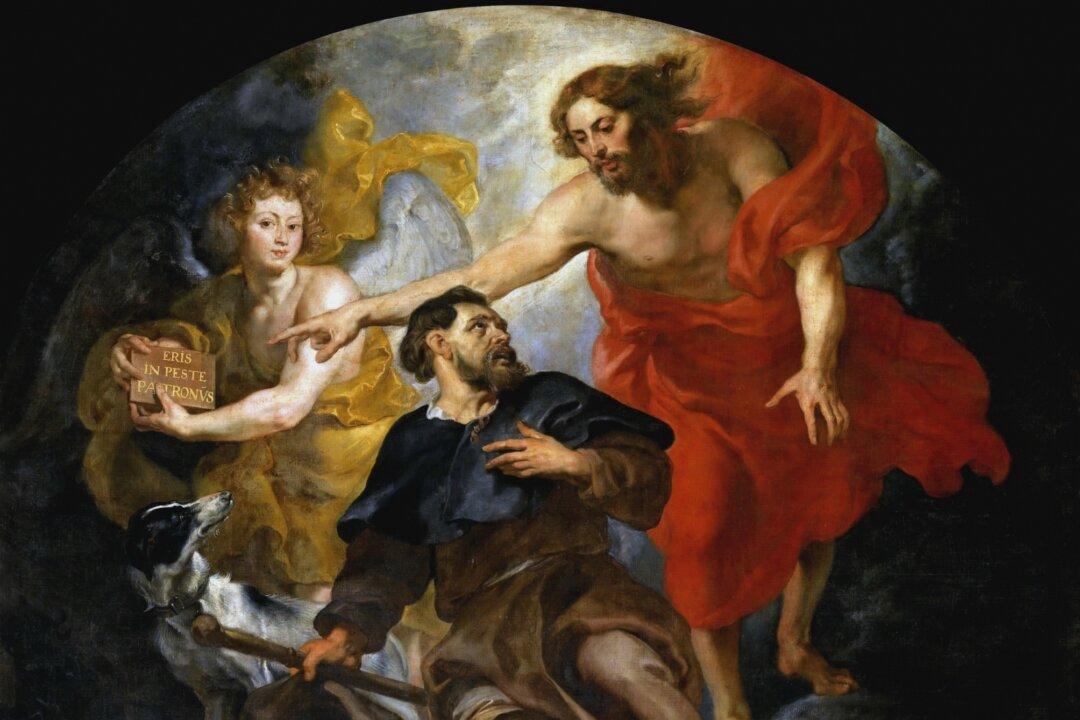Recently, there’s been quite a bit of fear in relation to the coronavirus. The media reports on it constantly. States are declaring states of emergency, and store shelves are emptying as people are buying supplies to prepare for the virus. The World Health Organization has declared the coronavirus a pandemic.
This isn’t the first time that Western civilization has confronted the fears of a pandemic. The Black Death, a pandemic of the bubonic plague, terrorized Europe between the 14th and 17th centuries. Within five years of its arrival in Europe, it is estimated to have killed 20 million people—a third of the entire population of Europe. It then disappeared and returned repeatedly for the next 300-plus years.





